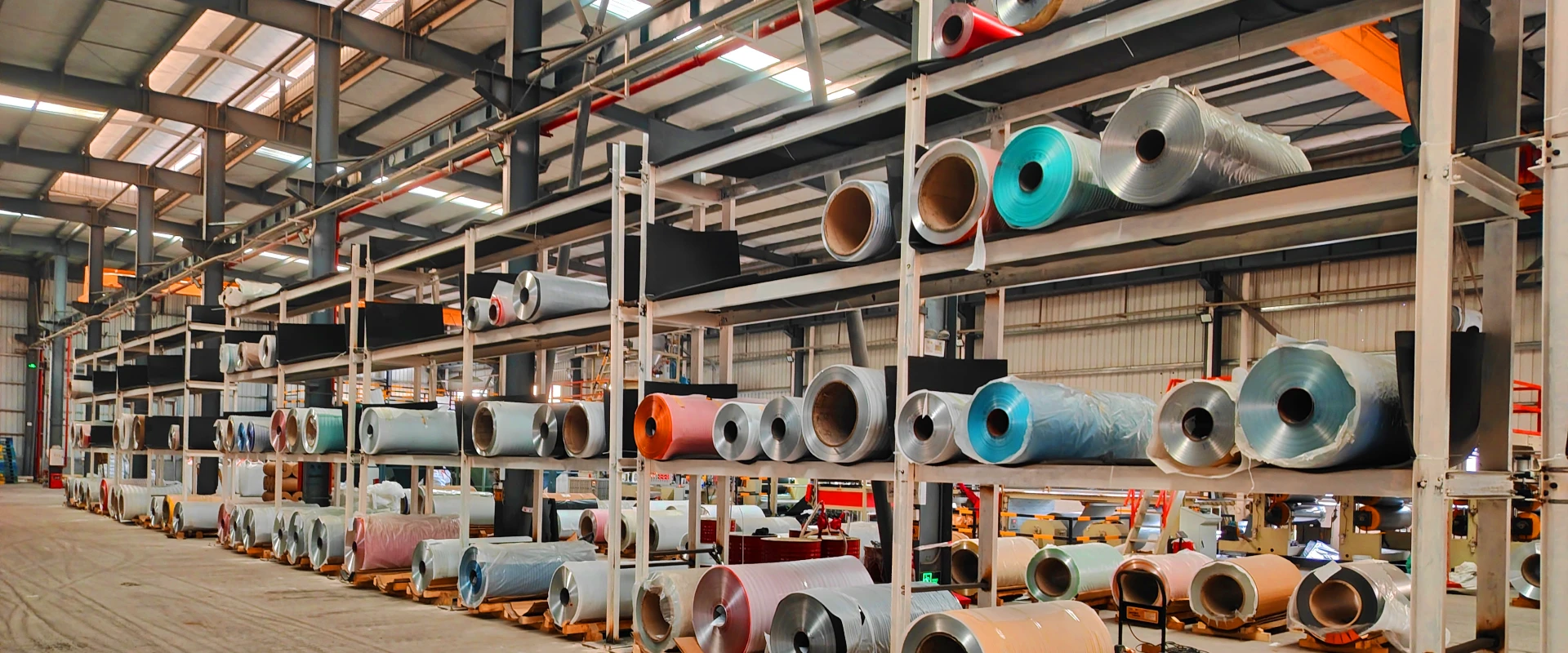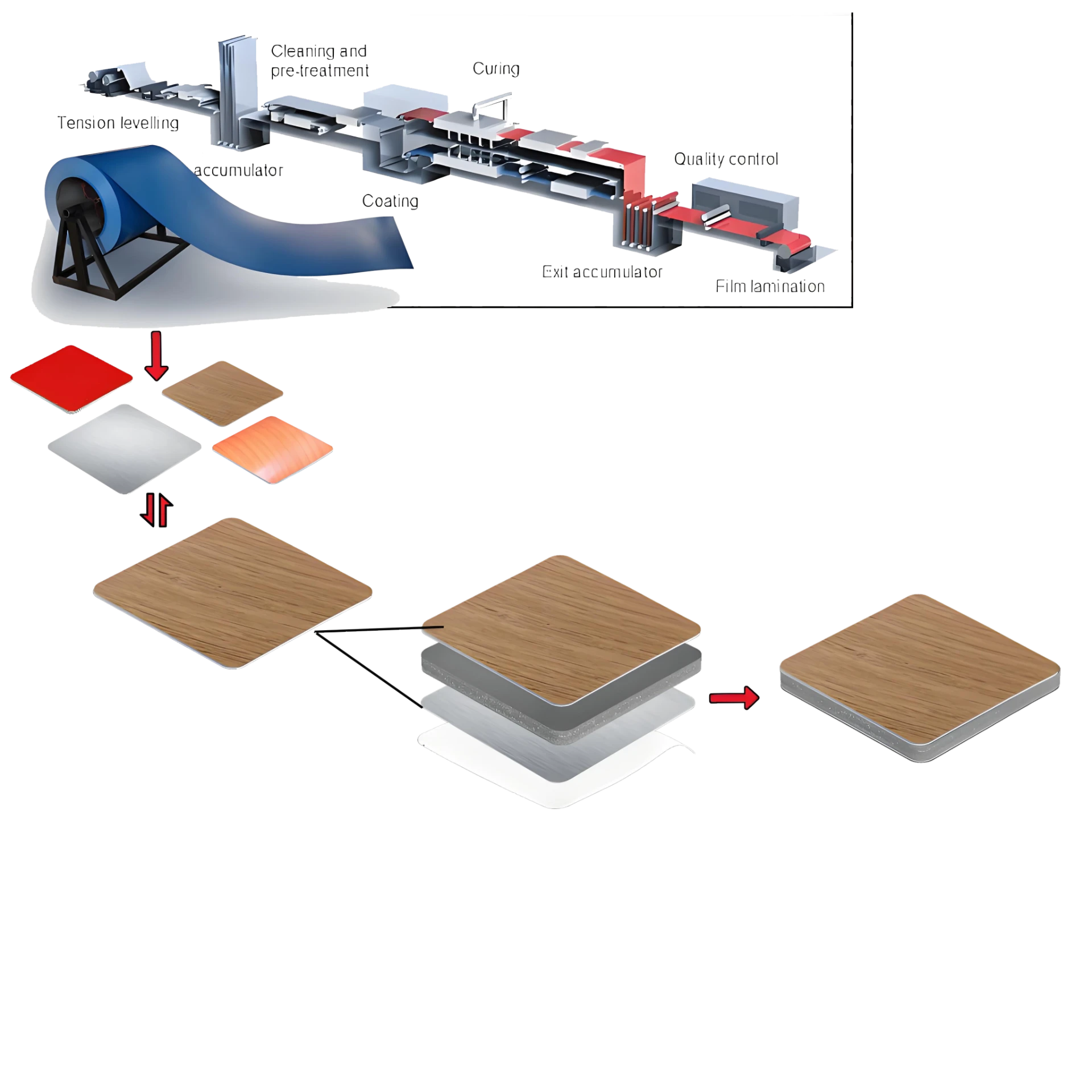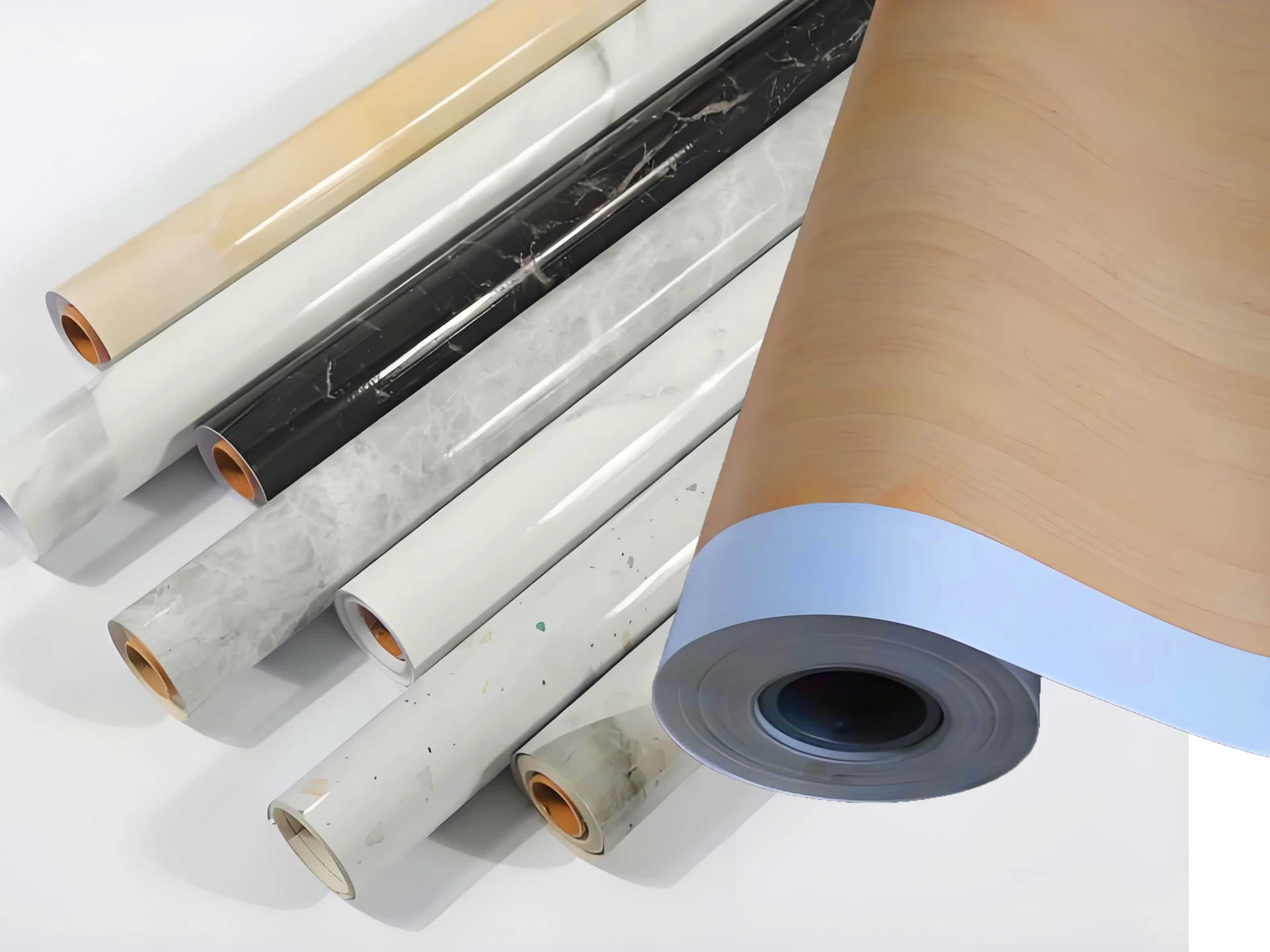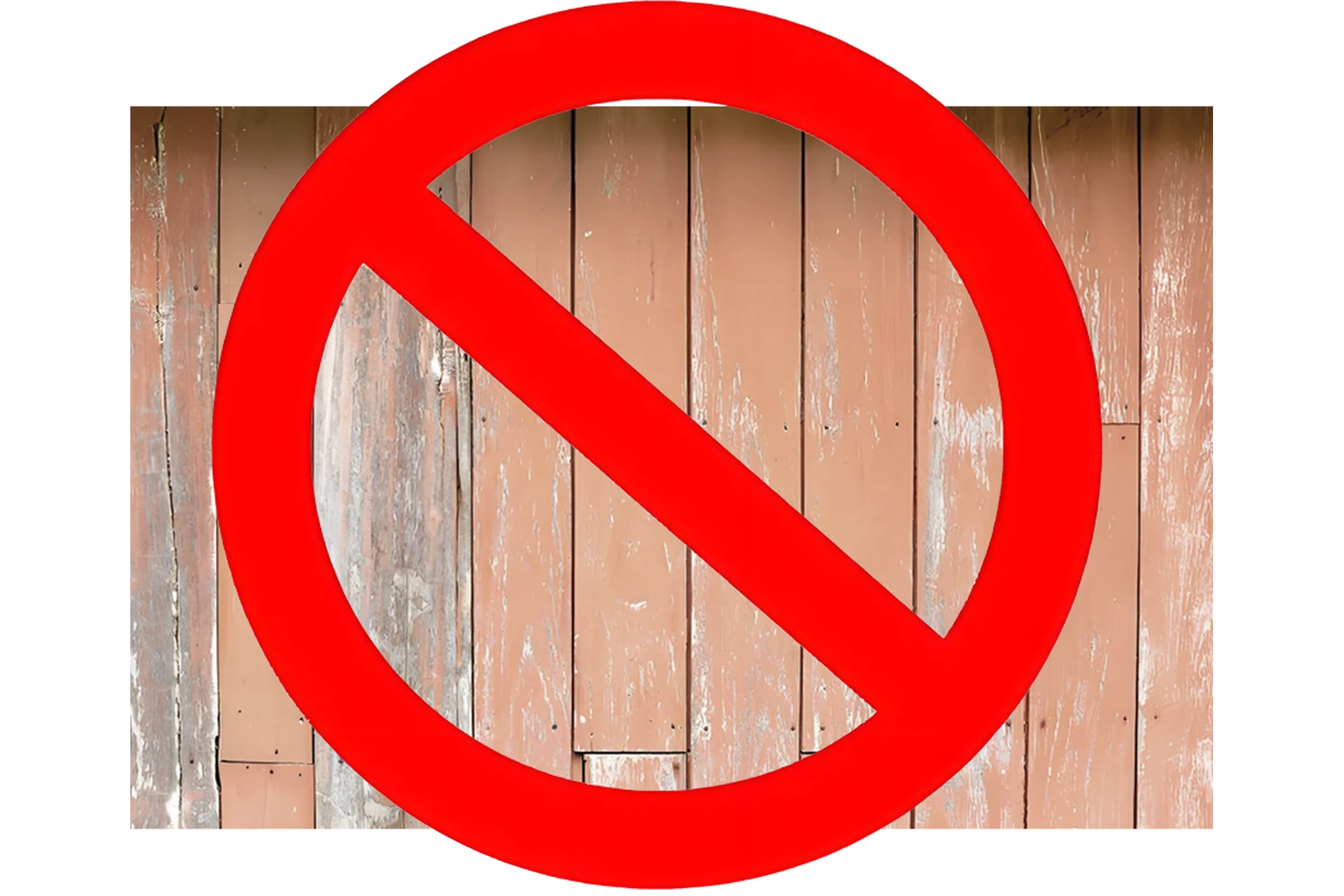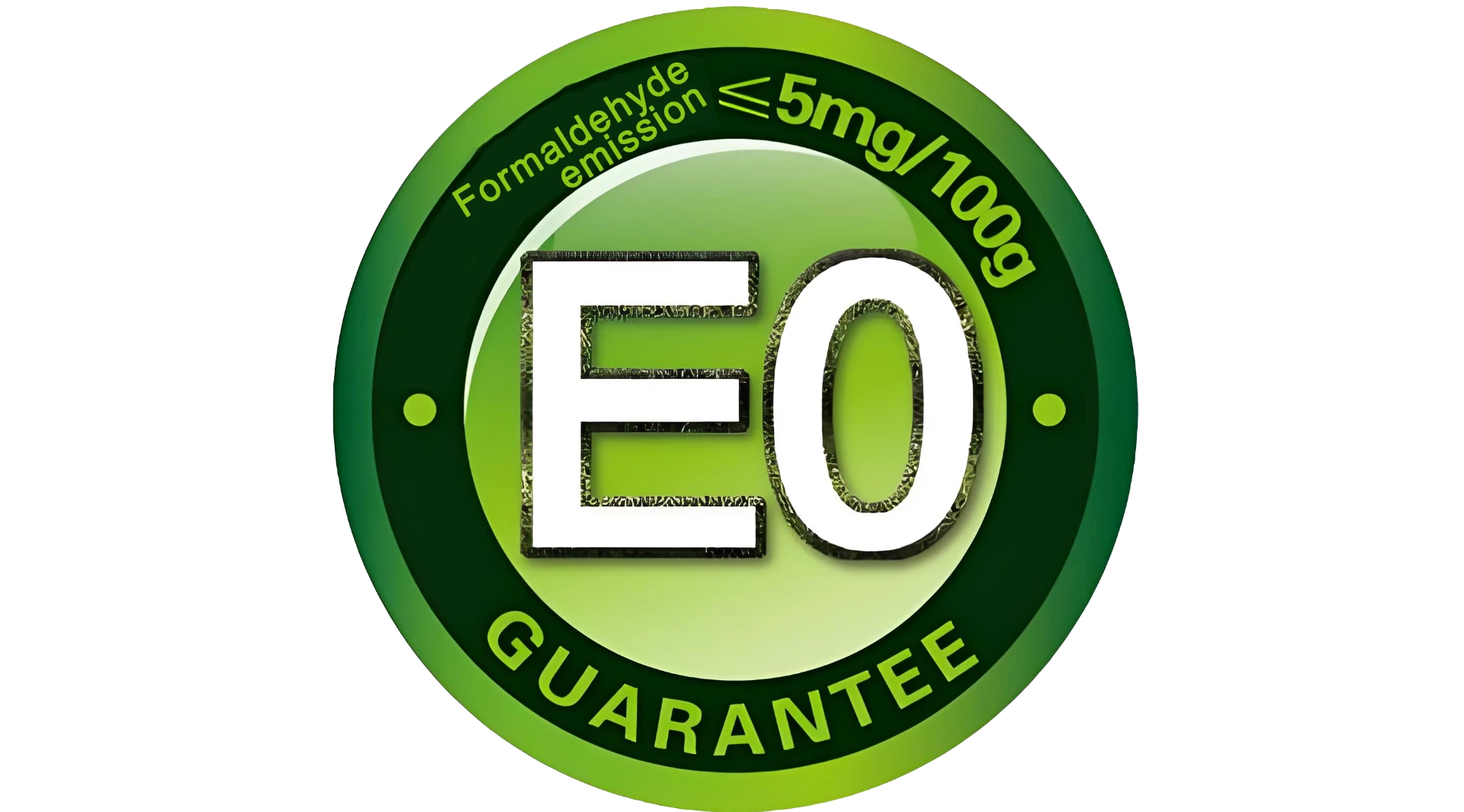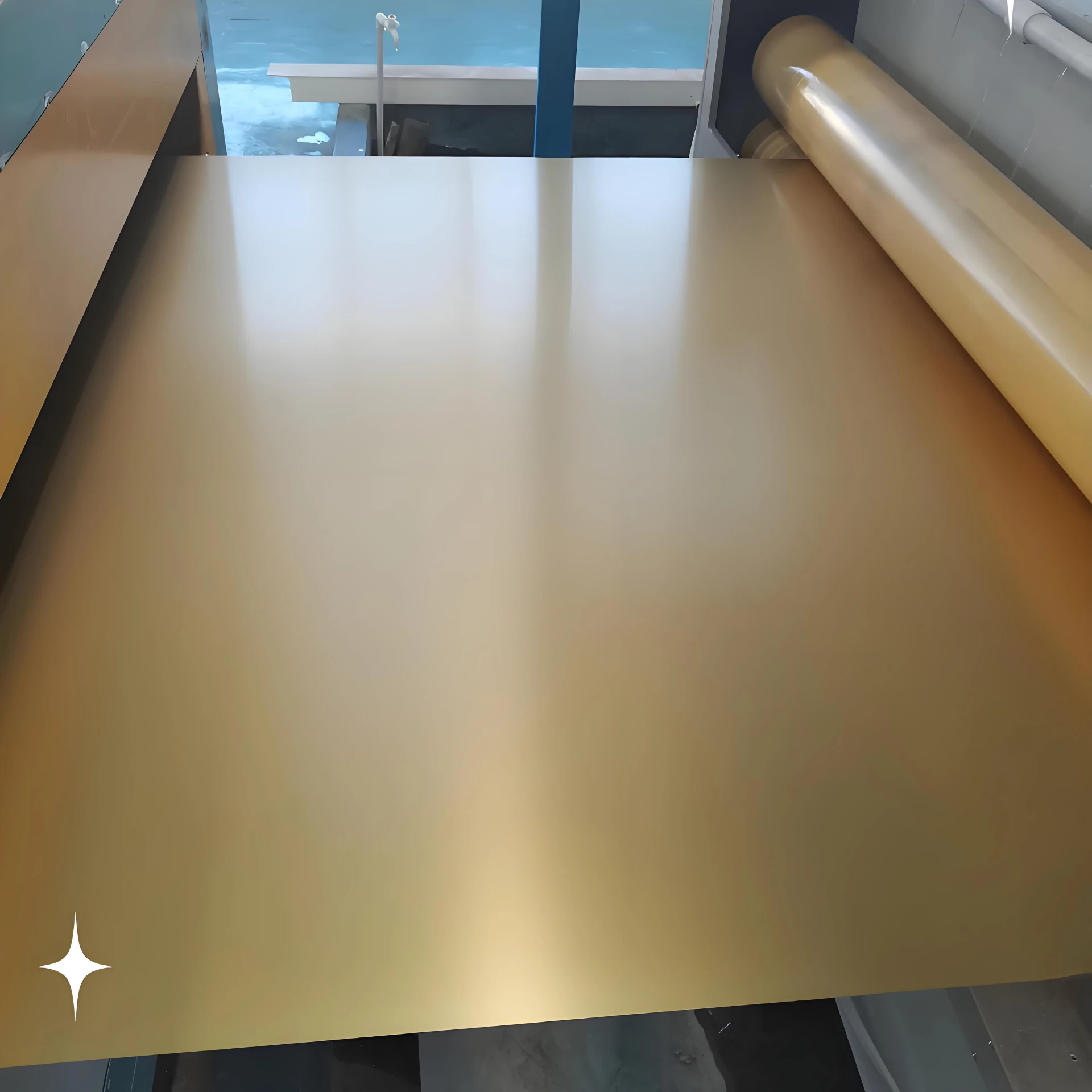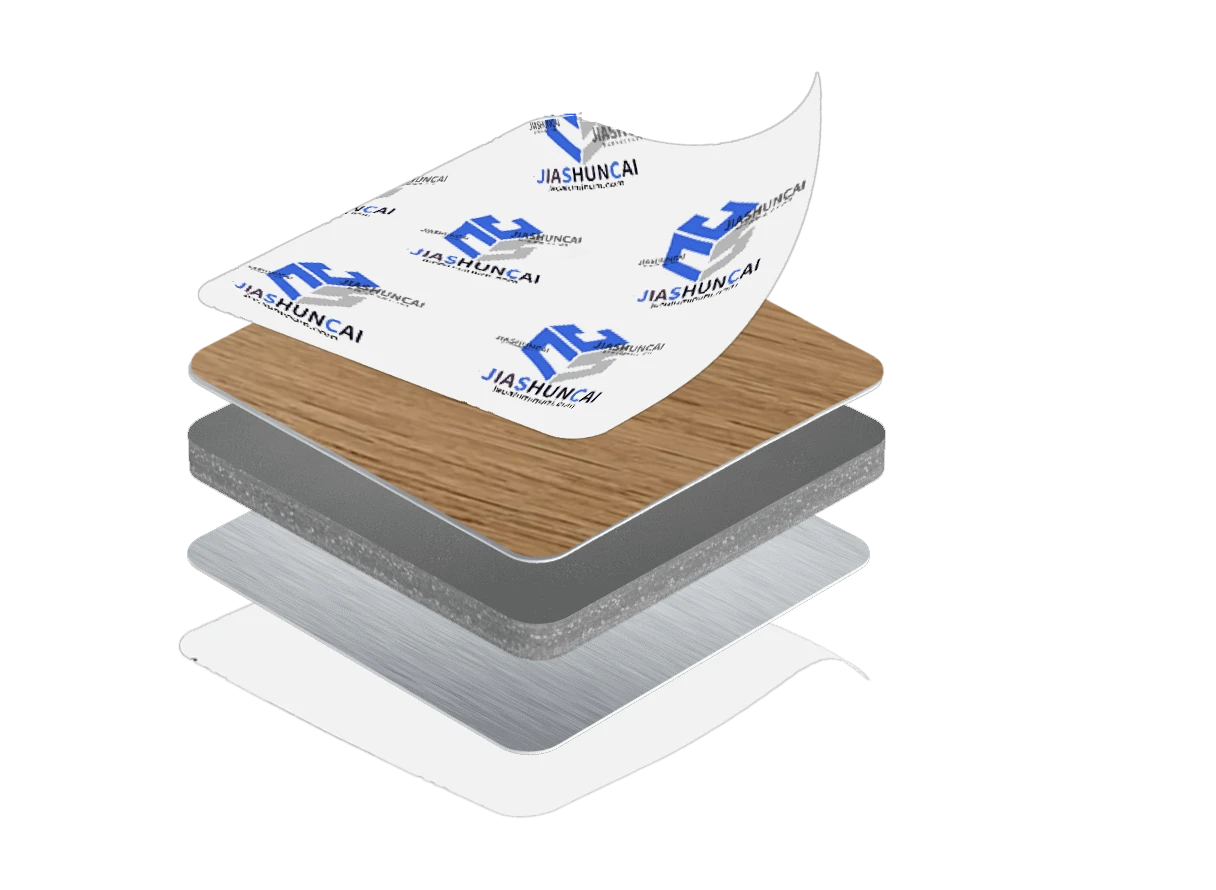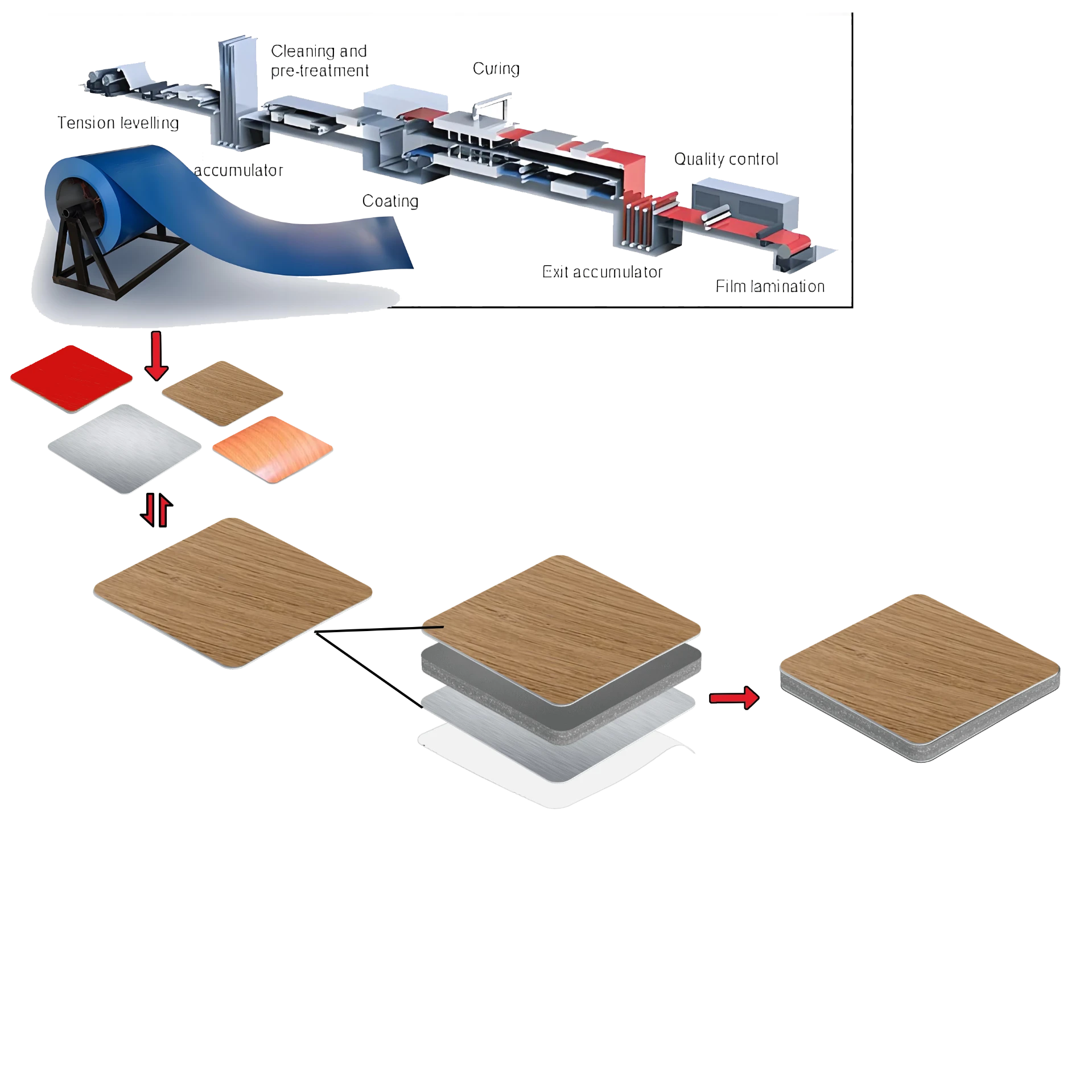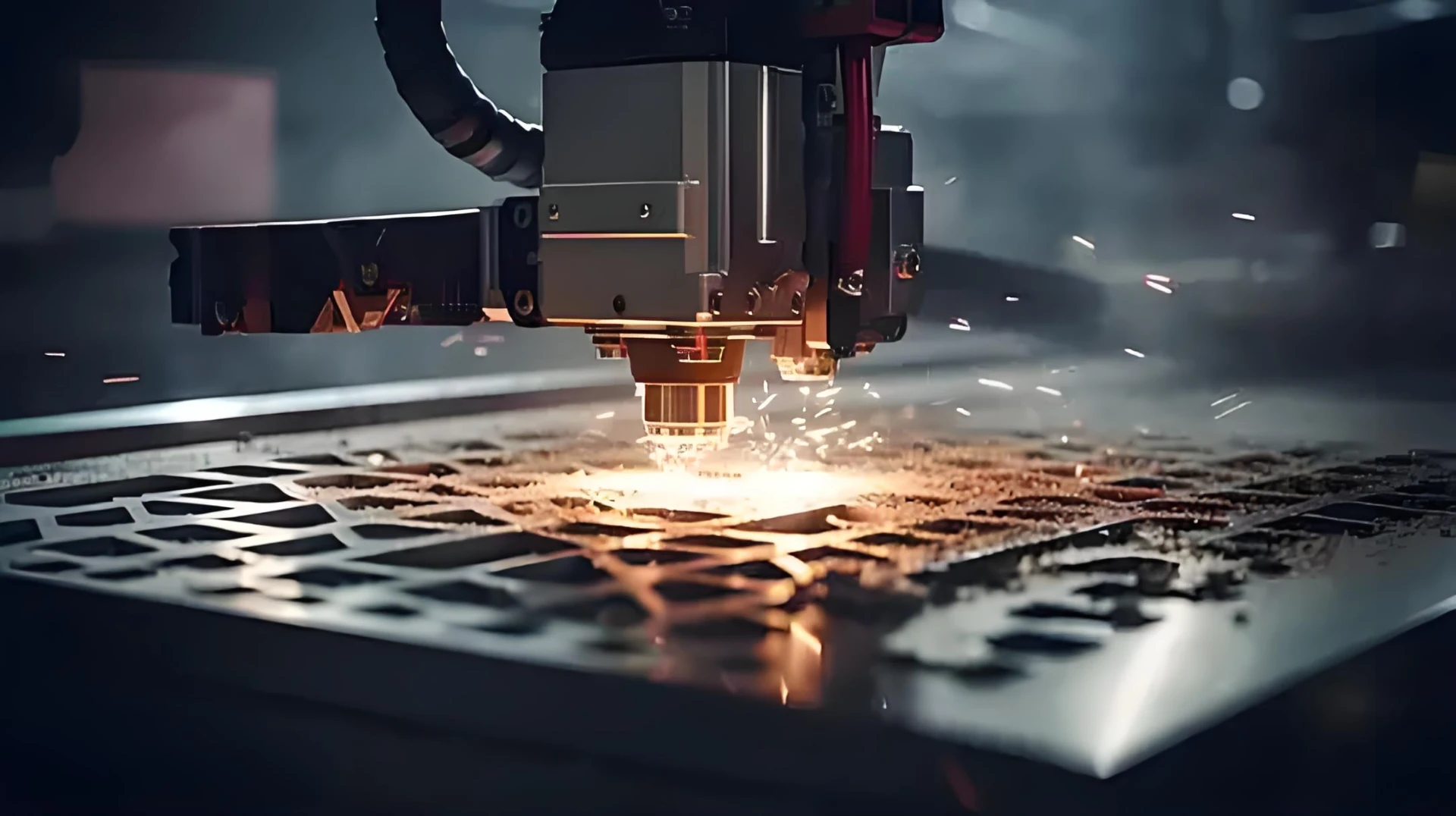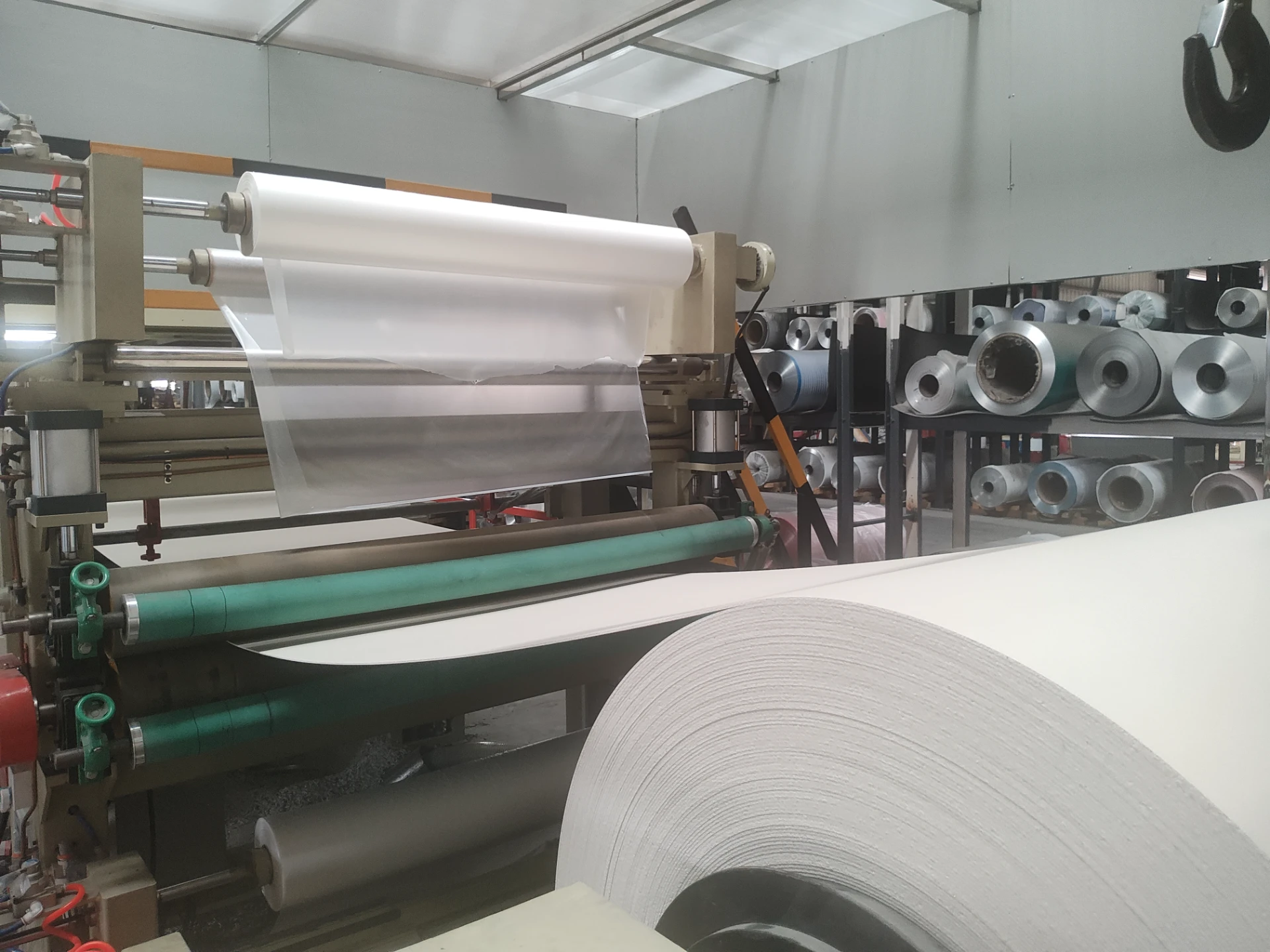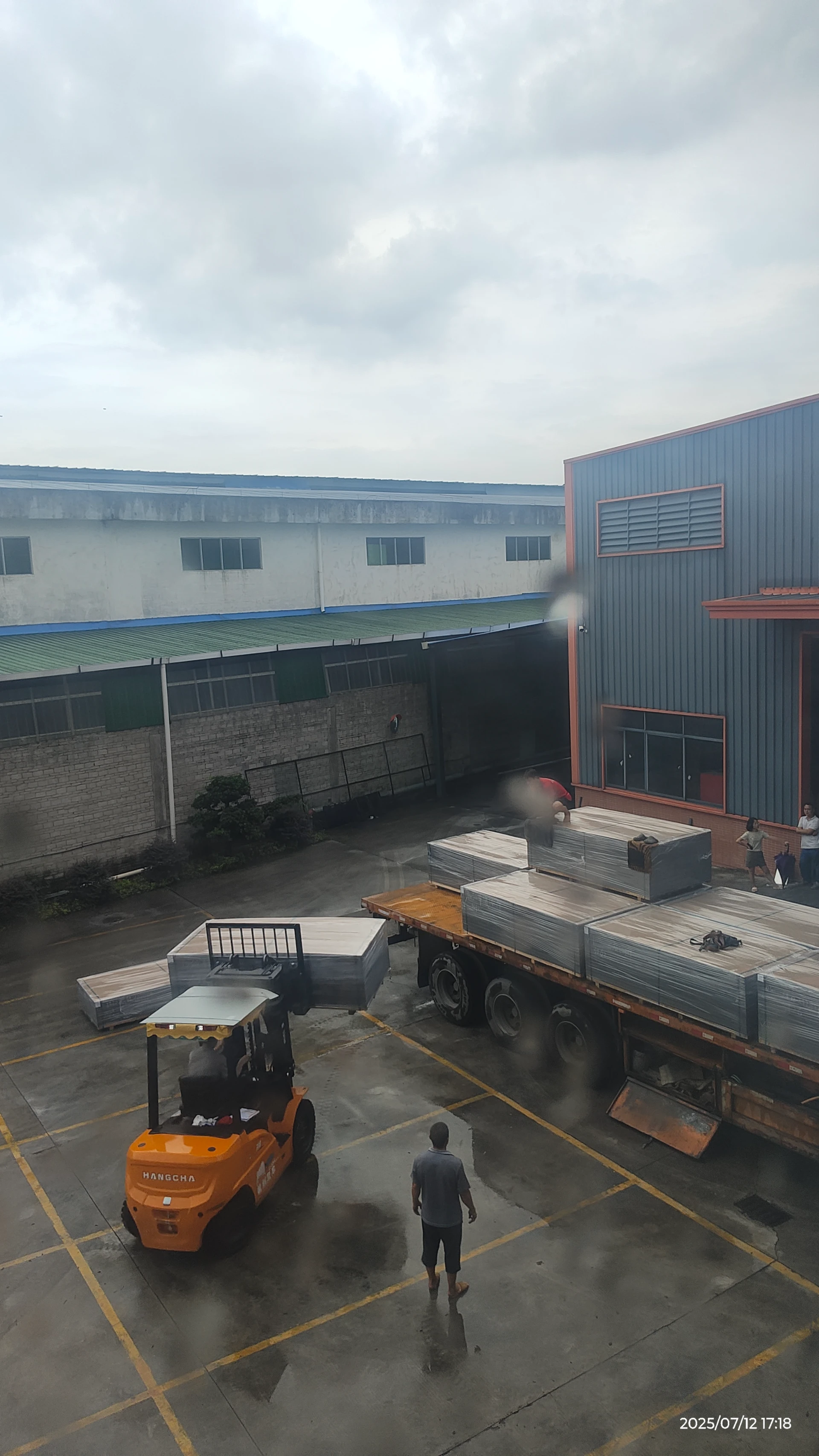-
Q:How to ensure that the colors of multiple batches of aluminum plastic panels are completely consistent?
A:Adopting quadruple color control technology:
1. Digital formula system:
◦ Pantone color number → converted into precise coating ratio (error ≤ 0.5%);
2. Online spectrophotometer:
◦ Scans chromaticity every 30 seconds during roller coating (ΔE ≤ 1.0 for L*a*b* values);
3. Same furnace production principle:
◦ Panels of the same project are cured in the same kiln (temperature curve deviation ±3°C);
4. Sample comparison:
◦ Provides first piece color sample upon delivery (archived for 5 years) for third-party testing.
-
Q:How can a metallic color or a stainless steel imitation effect be achieved? Will it fade?
A:Principles of Technology:
• Aluminum Powder Orientation Arrangement Technology:
◦ Add flake-shaped aluminum powder (particle size 10-30μm) to the coating, and control its parallel arrangement using an electromagnetic field;
• Transparent Protective Layer:
◦ Cover the surface with a PVDF transparent fluorocarbon layer (≥25μm), with a reflectivity ≥85%.
Durability Assurance:
✅ Color difference ΔE ≤ 3.0 within 20 years (ASTM D2244 standard)
❌ Prohibition of low-cost polyester coating — metal powder oxidizes and turns black after 2 years!
-
Q:Why do dark panels (such as black) tend to bubble in high-temperature areas? How can it be prevented?
A:Technical countermeasures:
1. Core material upgrade → Switch to cross-linked polyethylene (XLPE) (temperature resistance of 120°C)
2. Coating process → Add a microporous breathable layer (pore size < 0.1μm, breathability > 500g/㎡/24h)
3. Installation design → Reserve a 3mm ventilation cavity at the back of the panel (reduce temperature by 15-20°C)
-
Q:How can the three-dimensional texture of faux stone or wood grain be achieved? Is it wear-resistant?
A:Step 1: Substrate processing, process: Laser etching (depth 0.1mm), effect duration: formation of textured patterns. Step 2: Digital printing, process: UV inkjet (weather-resistant pigments), effect duration: colorfast for 15 years. Step 3: Embossing curing, process: Silicone mold hot pressing (160°C), effect duration: texture precision ±0.05mm. Step 4: Protective layer, process: Nano-ceramic coating, effect duration: Mohs hardness ≥6H.
-
Q:How to choose eco-friendly coatings? Which certifications should be focused on?
A:Key indicators and certifications:
• Environmental core:
◦ Zero chromium/zero lead formula: Hexavalent chromium < 0.001%, lead < 50 ppm (detected by ICP-MS);
• International certifications:
◦ ✅ GREENGUARD Gold (VOC emissions ≤ 10 μg/m²)
◦ ✅ Cradle to Cradle Silver (material recycling rate ≥ 70%)
◦ ✅ EU EN 13501-1 fire resistance class B
Be wary of 'pseudo-fluorocarbon' coatings: True PVDF resin content ≥ 70% (FTIR infrared spectroscopy report required)
Color technology extension:
• Special effect processes:
◦ Gradient color change: Magnetron sputtering coating (film thickness 0.3-0.8 μm, angle color difference ΔE > 5.0);
◦ Glow-in-the-dark coating: Rare earth aluminate phosphorescent powder (afterglow time > 12 hours);
• Maintenance tips:
◦ Prohibit cleaning with strong alkaline solvents (pH > 10 will corrode the coating) → Recommend neutral cleaner + soft bristle brush.

